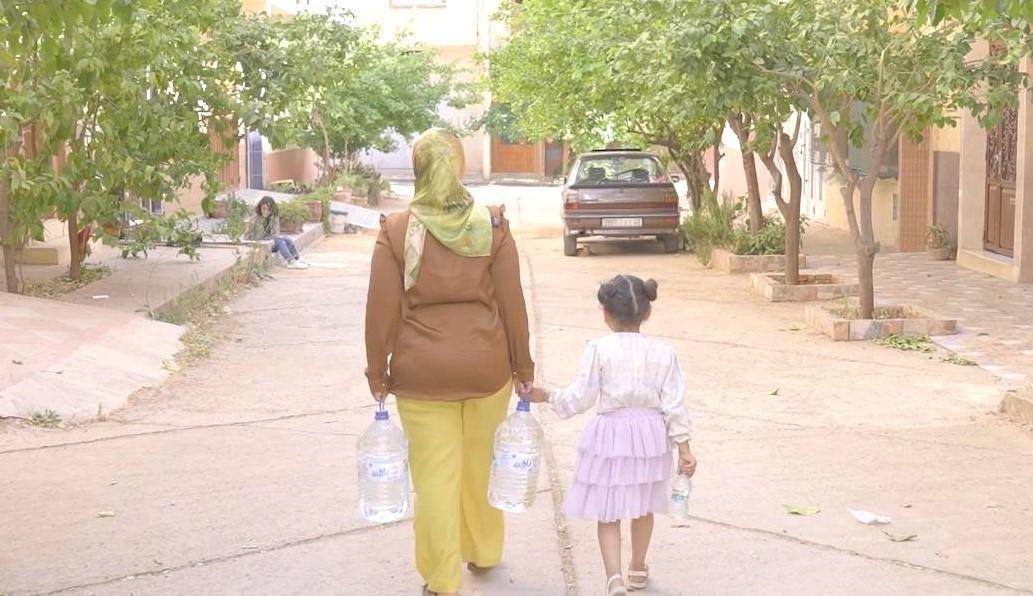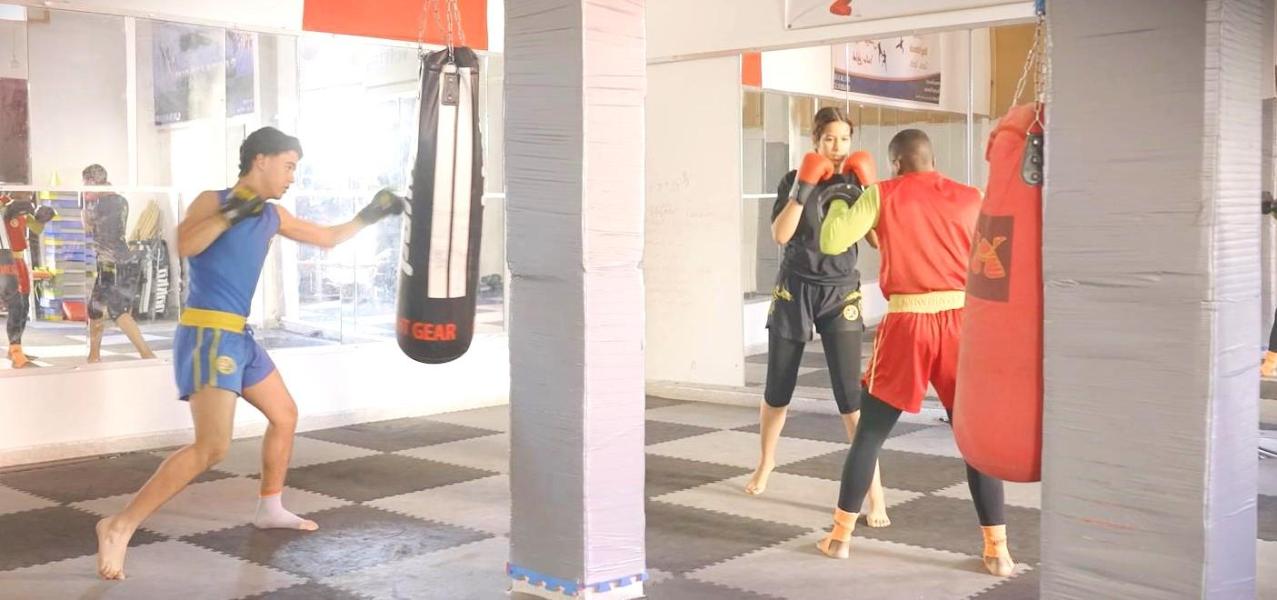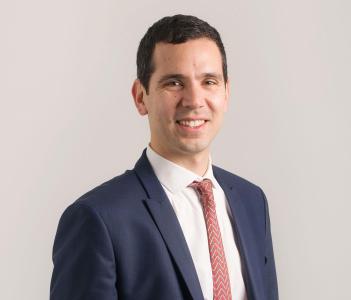Morocco and EIB work together to solve severe water shortages for a growing population
Zazia Boughadi, a martial arts trainer in Boufakrane, Morocco, was struggling to keep people in her gym. The problem was a severe shortage of clean water. “My students were demotivated,” she says. “The water pressure was so low that they often couldn’t shower after training. One-third of the members quit.”
For years, the residents of Boufakrane, in northern Morocco, relied on boreholes for water. But with the town’s population growing sixfold in two decades – to more than 30 000 today – water from the boreholes dwindled fast and its quality deteriorated.
The National Office of Electricity and Drinking Water in Morocco fixed the problem by extending a long pipeline from the city of Meknès to Boufakrane, supplying residents with clean water drawn from the nearby Haj Kaddour and Saïss catchment fields. The project, finished in 2021, cost €1 million and received funding from a bigger programme loan signed with the European Investment Bank to support water supply projects across Morocco. The Bank is one of the largest water investors in the world.
- Read how the European Investment Bank and the European Commission are keeping harmful chemicals out of the water supply in Morocco.

Before the water problem was fixed in Boufakrane, Zazia Boughadi had to carry heavy jugs of water to her gym.
Water scarcity across the country
Other regions of Morocco also suffer from water scarcity. The shortage is caused by environmental changes, a growing population and over-extraction of groundwater for agriculture. In 2022, the country experienced its worst drought in 40 years. Since the 1960s, access to water has diminished to less than 600m3 of water per person annually, from 2 600m3.
“Our production capacity is continuously declining,” says Mohamed Farhaoui, head of the development department with the national water utility. “In the past, we extracted 30 to 35 litres of groundwater per second from the water sources in the Fez-Meknès region, but now drilling only produces around 20 litres per second.”
The World Health Organization estimates that a person needs about 50 to 100 litres a day to meet the basic needs. The extraction of 20 litres per second can provide around 1 730m3 per day, which could serve nearly 35 000 people. However, the numbers vary based on distribution efficiency, seasonal variations and usage patterns, and sometimes borehole water can’t be used for cooking or drinking without treatment.
Critical need for modern water supplies
There is a critical need for modern infrastructure and advanced control and monitoring of water distribution systems to address the water scarcity in many Moroccan regions. In the Fez-Meknès region, local officials raised about €12.4 million in 2021 to help fund seven projects to supply drinking water. The Meknès-Boufakrane water pipeline is one of these projects.
The European Investment Bank has approved several loans to improve Morocco’s water and sanitation in the past decade: €37.5 million in 2021, €75 million in 2019 and €75 million in 2015. The Bank is working in 2023 on a €181 million loan with Morocco to keep financing water projects across the country.
The Boufakrane project solved the area’s water shortages and created two permanent jobs in the town.
“There are no more water cuts,” says Farhaoui of the national water utility. “We can continuously supply water to the population in this area.”
The Boufakrane project included a 13.5-kilometre pipeline running to Meknès to carry the water and a state-of-the-art pumping station at Haj Kaddour.
“The infrastructure is more than just pipes and tanks,” says Fildine Bargachi, a European Investment Bank loan officer in the Rabat office. “It strengthens the water distribution and has improved the livelihoods of many families. It has also helped small businesses in these remote areas.”

Zazia Boughadi was losing gym members because students had no access to water for showers.
Boughadi, the martial arts trainer who teaches wushu kung fu, is relieved by the new water supply. When she teaches students how to throw punches and kicks or block attacks, everyone gets sweaty and thirsty. In the past, she had to fill up big jugs of water from home to take to the gym or buy bottles of water for the students. “This used to take a lot of time and effort,” Boughadi says. “Today, we no longer have to fetch our water or buy it.” And with the showers at the gym working now, “the number of members has grown considerably. I see the future of this sport in these young athletes.”
- Read how the European Investment Bank uses a trust fund to raise more money for water projects in developing countries around the world.
